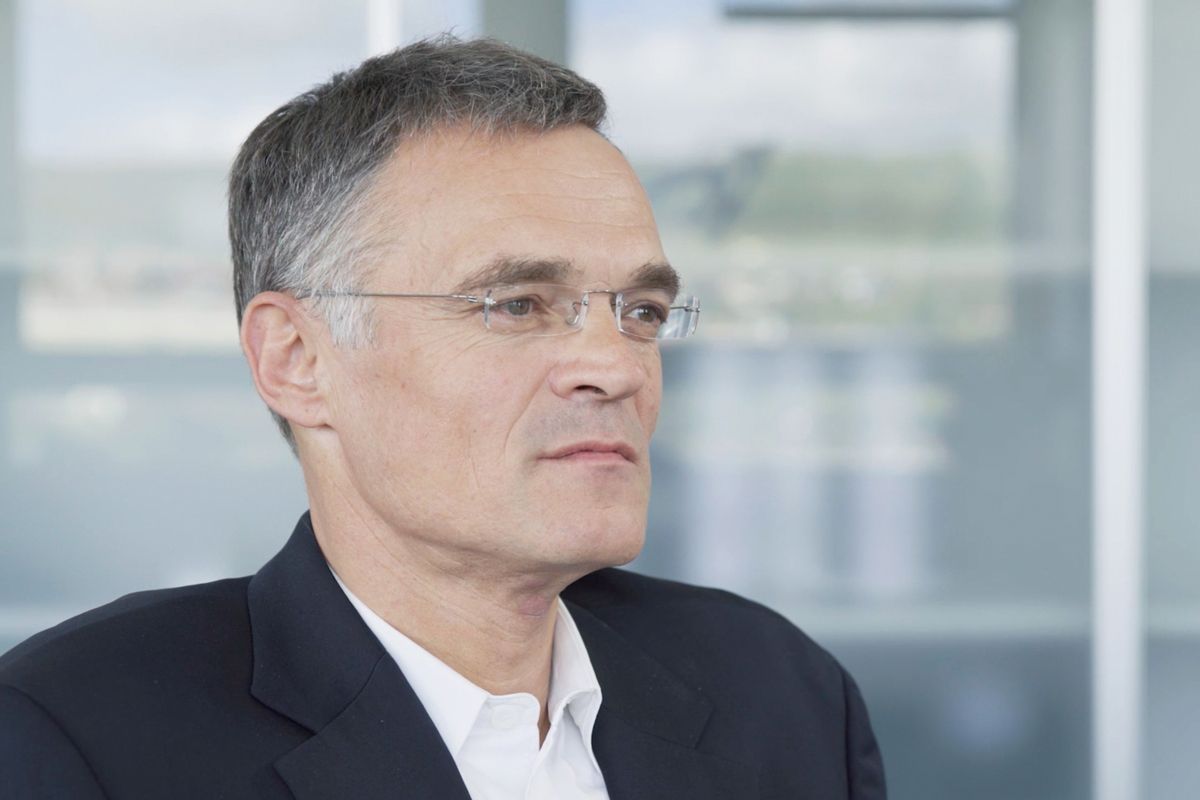Repositioning after the crisis
COVID-19 hit the mobility industry hard – travel restrictions and changing customer behaviour affected providers from long-haul international to mass transit. Companies were often only able to secure liquidity through government aid programs, massive reductions in fixed costs and asset sales. The recovery is only taking place heterogeneously – and is being slowed down again in part by rising oil prices, supplier bottlenecks and hesitant consumption due to inflation. Mobility service providers now must reposition themselves – because the general conditions and customer requirements have changed permanently.
It is still uncertain what lasting impact the pandemic and changing customer habits will have on airport operators and other mobility providers. Among other things, we help to deal with these uncertainties and implement measures to overcome temporary market weaknesses and liquidity shortages. In addition to working capital management and the optimization of short-term liquidity planning, the focus is also on the analysis, evaluation, and transformation of the business model.
Florian Warring
Managing Director










































